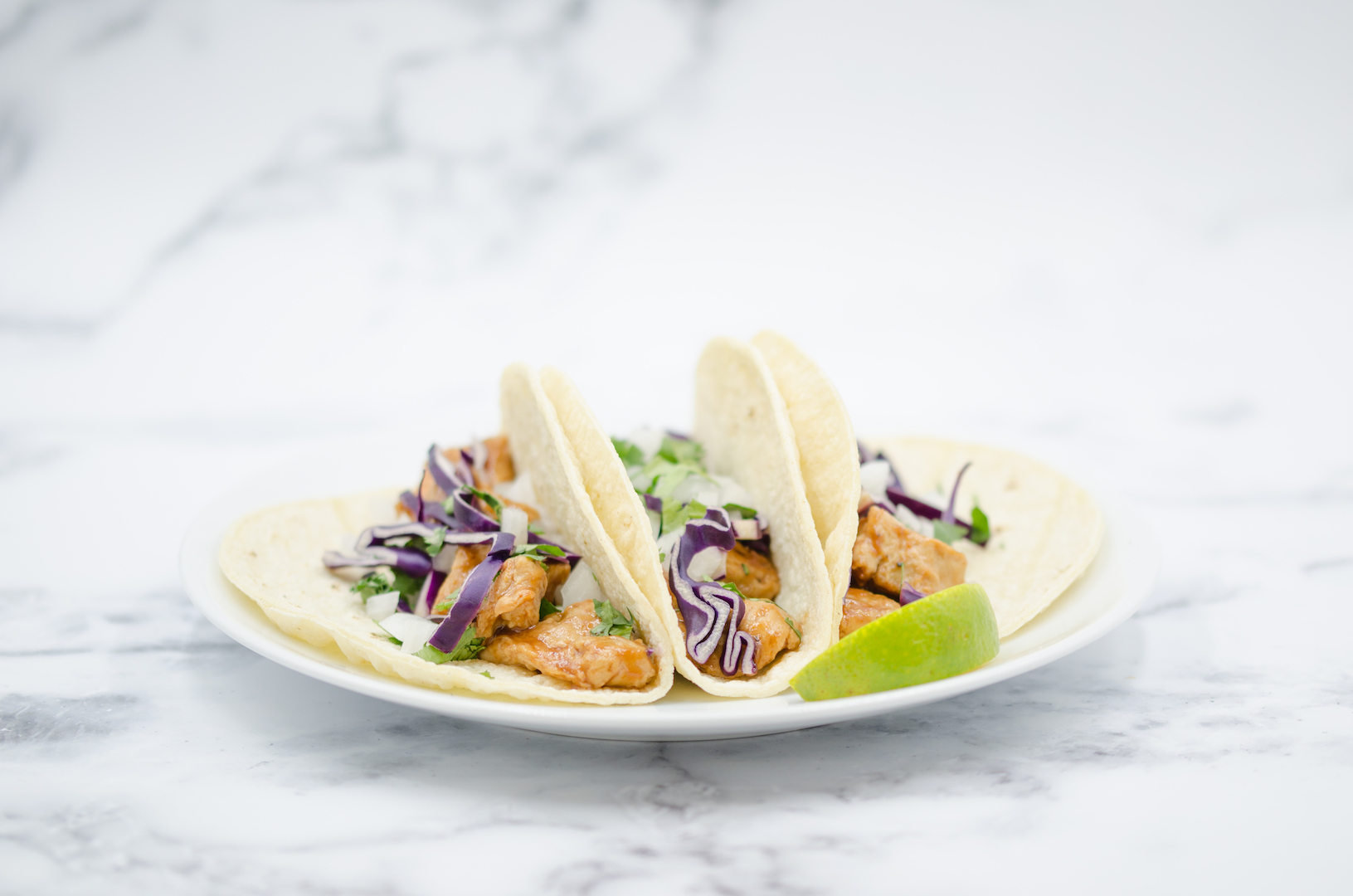- A Bay Area startup is producing an alternative meat by relying on on a class of microbes that convert carbon dioxide into protein the same way plants do.
- The microbes produce a powder than could replace soy or pea protein in plant-based meat products.
- The conversion process was discovered by NASA when it tried to grow food for astronauts in the 1960s.
- Visit Businessinsider.com for more stories.
Alternative meat products can mimic a juicy, bleeding burger or simulate crispy bacon, but they often rely on soy or pea protein to get the job done.
In October, a Bay Area startup introduced an alternative: a type of protein that can be produced out of thin air.
The company, appropriately named Air Protein, uses a technique discovered by NASA to convert carbon dioxide (CO2) into protein the same way plants do. Its CEO, Lisa Dyson, thinks that process will be less deleterious to natural resources than other plant-based meat alternatives. She told the San Francisco Chronicle that her protein-making process requires 1,000 times less land and water than soybean production.
That’s because it starts in a lab instead of on a farm.
Dyson drew inspiration from NASA's attempt to grow food in space in the 1960s. Researchers were looking for a way to feed astronauts on a year-long mission, without any of the vertical gardens or 3D printers that are available today. So they turned to a resource that the astronauts produced naturally: CO2.
The researchers found a class of microbes called hydrogenotrophs that convert CO2 into protein in the form of a flavorless powder. The substance can be used to make all sorts of foods, including pastas, cereals, and shakes.
For now, Air Protein is focused on using the powder to develop a meat alternative. The company hopes to announce a product that consumers can purchase next year, but hasn't said what form that will take.
In the meantime, the startup has some competition. A Finnish company called Solar Foods is experimenting with a similar powder that can be used to make protein supplements or veggie burgers. The company feeds hydrogen and CO2 to a microbe, which then spits out a mixture of protein, carbohydrates, and fat.
Another startup called Calaysta is using carbon from natural gas to make a protein that can feed fish, livestock, and household pets.
Competition aside, all of these companies still face one of the biggest hurdles in the "meatless meat" market: winning over consumers with taste.

